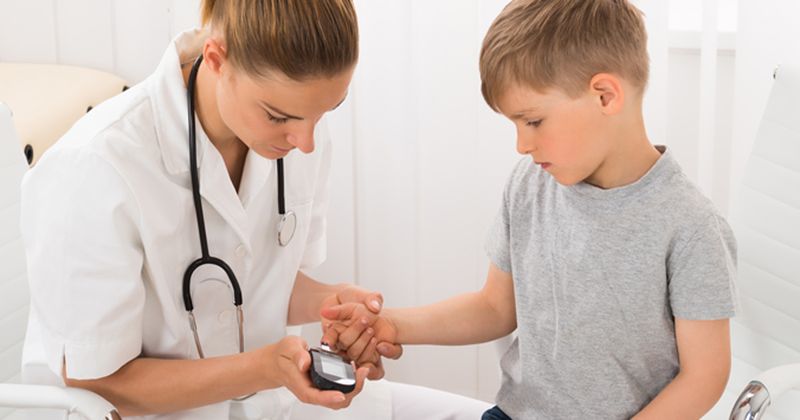Empagliflozin significantly reduced HbA1c in pediatric type 2 diabetes
A phase 3 trial of empagliflozin demonstrated statistically significant HbA1c reduction among children and adolescents aged 10 to 17 years with type 2 diabetes, according to a press release from Eli Lilly.
“With more than 41,000 new cases worldwide annually, type 2 diabetes in today’s young people is a global public health issue, especially in light of the rise of risk factors such as obesity,” Lykke Hinsch Gylvin, MD, chief medical officer at Boehringer Ingelheim, said in the press release. “The clinically meaningful benefit and consistent safety profile demonstrated with Jardiance in the DINAMO trial is an encouraging outcome for the vulnerable population of children and adolescents.”

The DINAMO trial included youths aged 10 to 17 years with type 2 diabetes and an HbA1c of 6.5% to 10.5%. All participants were randomly assigned to empagliflozin 10 mg or 25 mg (Jardiance, Boehringer Ingelheim/Eli Lilly; n = 52), linagliptin 5 mg (Tradjenta, Boehringer Ingelheim/Eli Lilly; n = 53) or placebo (n = 53) once daily.
At 26 weeks, participants assigned empagliflozin saw a 0.84% reduction in HbA1c when the agent was added to other baseline treatments, including diet, exercise, metformin and/or insulin, compared with placebo (P = .012). A secondary endpoint of DINAMO demonstrated a reduction of –35.2 mg/dL in fasting plasma glucose with empagliflozin treatment (P = .0035).
Safety data for empagliflozin were consistent with previous findings in adults with type 2 diabetes.
“The rise in the prevalence of type 2 diabetes in the pediatric population highlights a clear unmet need,” Jeff Emmick, MD, PhD, vice president of product development at Eli Lilly, said in the release. “Having overcome the challenges in recruitment and design that pediatric trials tend to face, the outcomes of DINAMO represent another positive step forward in Boehringer Ingelheim and Lilly’s commitment to improve the lives of people living with cardio-renal and metabolic conditions such as type 2 diabetes.”
In addition, the 0.34% HbA1c reduction among participants treated with linagliptin was not statistically significant compared with placebo (P= .2935).

“These findings are particularly important given the need for more therapeutic options, especially oral agents, to manage type 2 diabetes in young people as, to date, metformin is the only globally available oral treatment for youth,” Lori Laffel, MD, principal investigator of the DINAMO study, chief of the pediatric, adolescent and young adult section at the Joslin Diabetes Center and professor of pediatrics at Harvard Medical School, said in the release.
DINAMO trial results were presented at the International Diabetes Federation (IDF) World Diabetes Congress 2022.
